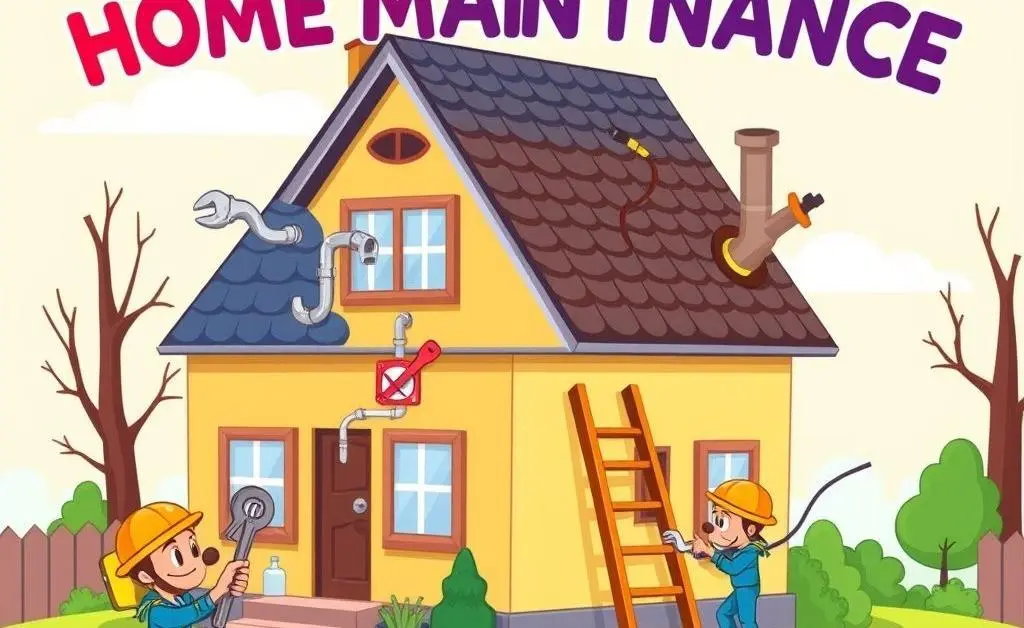What to Do When You Discover Water in Your Walls
Facing water in your walls? Discover practical steps to handle and prevent water damage in your home.

Ever come home to find a suspicious water stain spreading across your wall? It's the kind of surprise no homeowner wants, yet it's more common than you might think. Water damage can sneak up on anyone, but catching it early can save you loads of trouble—and money. So, what should you do when you discover water in your walls?
Signs of Water Damage
Water damage isn’t always obvious. Here are a few signs that might indicate a hidden issue:
- Discolored spots on walls or ceilings
- Peeling paint or wallpaper
- A musty odor pervading the room
- Unexplained increase in your water bill

If you notice any of these signs, it’s time to dig a little deeper. Literally!
First Steps to Take
Upon discovering water damage, first thing’s first: remain calm. Panic never fixed a leaky pipe. Remember a day when my cousin Jim discovered water running down his living room wall like an unintended waterfall? Instead of panicking, he took a deep breath and inspected to find the cause. Turns out, it was a leaky pipe from the upstairs bathroom.
Here’s what you can do:
- Identify the source: Check for leaks in plumbing, roof, and appliances.
- Stop the water: Once you’ve found the source, turn off water to that area.
- Call in the experts: Professional inspection may be necessary, especially if mold could be involved.

Preventive Measures
Prevention is better than cure, and a little home maintenance goes a long way. Here are some preventive measures to protect your home from future water damage:
- Regularly inspect plumbing: Look for leaks and fix them promptly.
- Maintain your roof: Ensure it's in good condition and drains are clear.
- Use a dehumidifier: This helps keep humidity levels low, especially in vulnerable areas like basements.
- Install water detectors: Alert you to leaks before they become severe issues.

By keeping up with these simple maintenance checks, you can save yourself a lot of future heartache and keep your home safe and dry.
Conclusion
Facing water damage can feel daunting, but with these tips, you’re equipped to handle and even prevent it. Remember, the key is to act fast and ensure regular maintenance. How have you dealt with unexpected home repairs? Share your stories and let's keep the conversation flowing!




